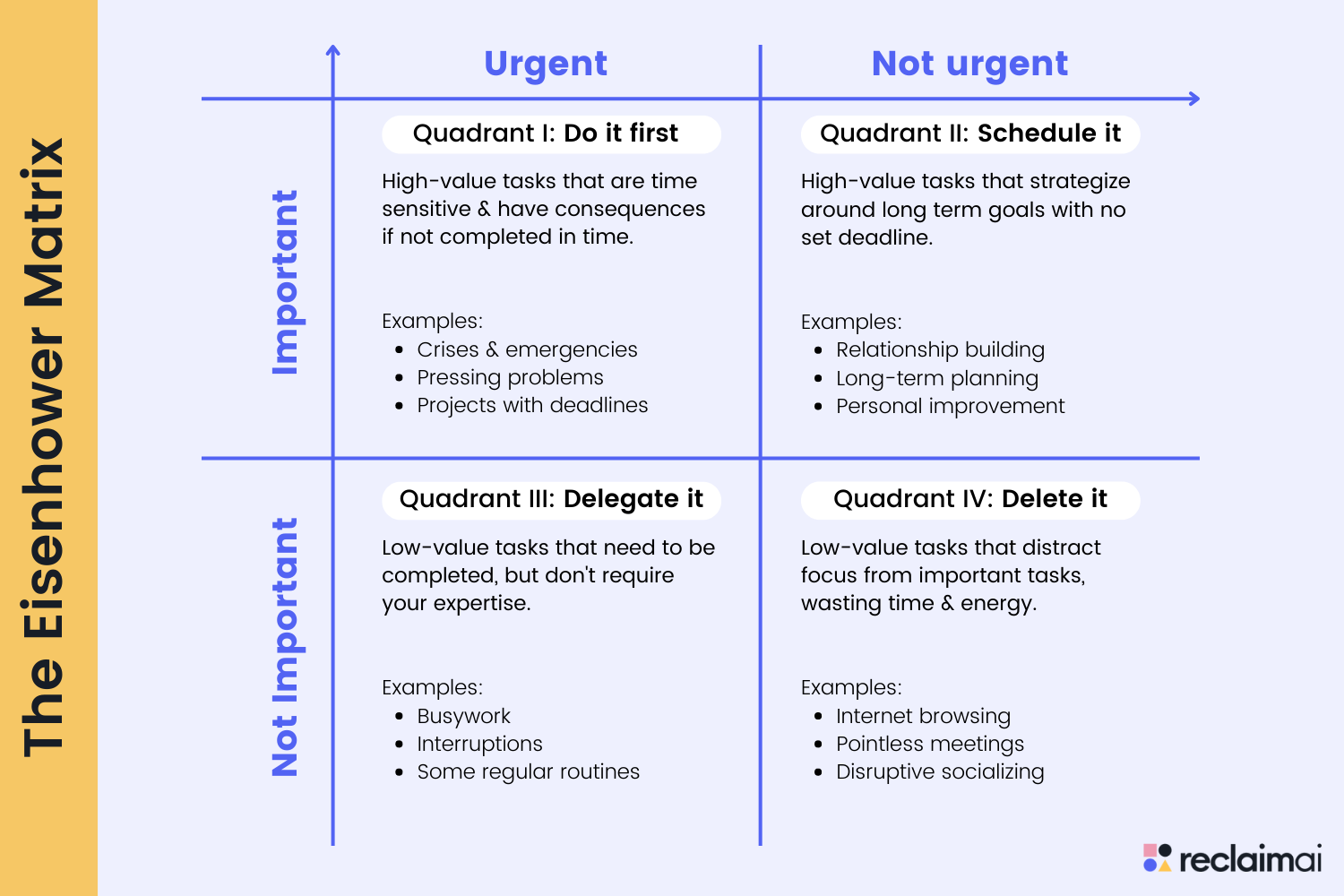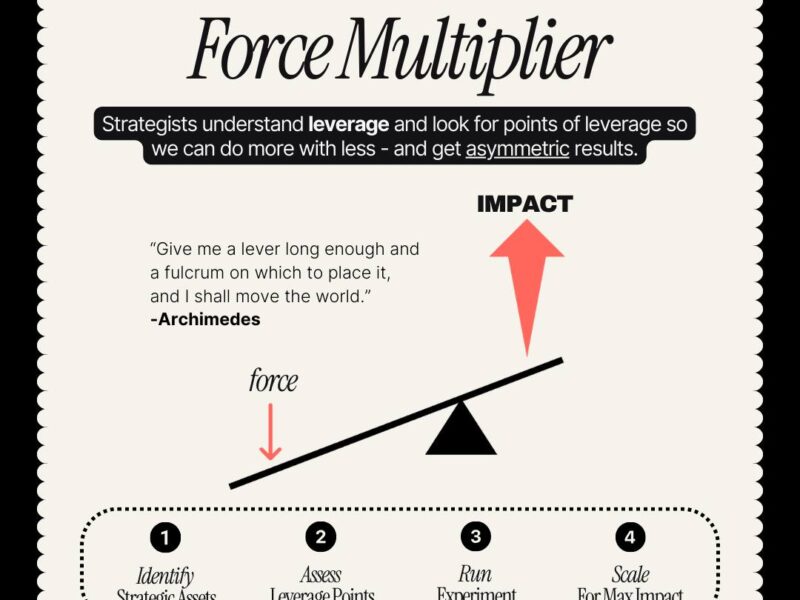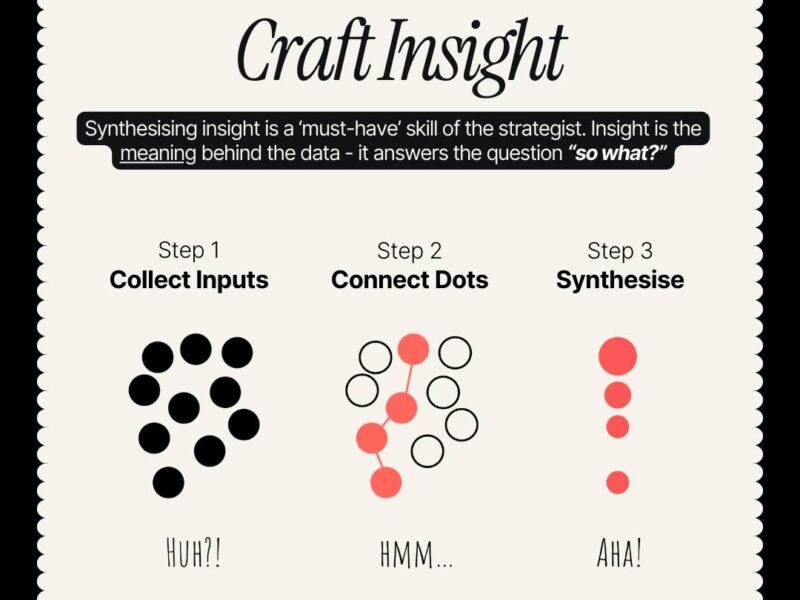A Strategic Blueprint for Modern Productivity
In the relentless stream of modern work, where digital notifications compete with project deadlines and long-term goals, the question is never if we are busy, but whether we are busy with the right things. As a UX designer, I see this tension daily: the need to put out fires (urgent) versus designing a visionary user experience (important). As a solutions architect, it’s the clash between resolving a server outage and planning a scalable cloud infrastructure for the next five years.
This is where a deceptively simple framework, honed by a Supreme Allied Commander and a U.S. President, becomes an indispensable strategic tool: The Eisenhower Matrix.
Also known as the Urgent-Important Matrix, it provides a powerful mental model for prioritizing tasks by categorizing them based on two critical criteria: urgency and importance. It forces a crucial shift from reactive task-completion to proactive, value-driven decision-making. This isn’t just about getting more done; it’s about getting the right things done.
The Architect of the Matrix: A Lesson from Dwight D. Eisenhower
The matrix is named after President Dwight D. Eisenhower, who governed the United States from 1953 to 1961. His tenure was defined by immense complexity—managing the Cold War, overseeing the creation of the interstate highway system, and founding NASA. Before his presidency, he served as a five-star general in the U.S. Army during World War II, making monumental decisions that shaped the course of history.
Eisenhower’s effectiveness was legendary, and it was rooted in a principle he often articulated:
“I have two kinds of problems: the urgent and the important. The urgent are not important, and the important are never urgent.”
This distinction became the bedrock of his leadership and decision-making philosophy. It was later popularized by Stephen R. Covey in his seminal 1989 book, The 7 Habits of Highly Effective People, as the “Eisenhower Matrix” (Covey, 1989). Covey placed it at the center of Habit 3: “Put First Things First,” framing it as the essential tool for moving from dependence to independence.
Deconstructing the Matrix: The Four Quadrants of Decision-Making
The matrix’s elegance lies in its simplicity. You draw a square divided into four quadrants by crossing two axes:
Y-Axis: Importance. Does this task contribute to my long-term mission, values, and goals? Important tasks have significant consequences, positive or negative.
X-Axis: Urgency. Does this task require immediate attention? Urgent tasks are often time-sensitive and come with pressure to act.
The intersection of these axes creates four distinct quadrants, each demanding a specific action.
Quadrant I: Do It First (Urgent & Important)
Description: This quadrant is for crises and critical deadlines. These are the tasks that are both visibly pressing (urgent) and have high stakes (important). They demand your immediate and direct attention.
Examples:
A major server outage affecting your core application.
A last-minute, critical bug fix for a product launch happening today.
A pressing client complaint from your most valuable customer.
A family emergency.
The UX/IT Perspective: While some Q1 tasks are inevitable (true crises), a poorly managed workflow often becomes a Q1 factory. If you find yourself constantly trapped here, it’s a symptom of neglecting Quadrant II. It’s a state of constant “firefighting,” which is exhausting, unsustainable, and prevents strategic progress. The goal is not to eliminate Q1 but to minimize it through excellent planning in Q2.
Quadrant II: Schedule It (Important, But Not Urgent)
Description: This is the quadrant of strategic growth and leadership. These activities are fundamental to long-term success but don’t scream for attention because they lack an immediate deadline. This is where true productivity and innovation live.
Examples:
Strategic Planning: Roadmapping the next product version, designing a new system architecture.
Relationship Building: Proactive client check-ins, team mentoring, networking.
Personal Improvement: Learning a new programming language, attending a professional conference, deep-skills training.
Preventative Measures: Writing comprehensive unit tests, refactoring legacy code, conducting security audits.
The UX/IT Perspective: This is the most critical quadrant for professionals in our fields. The time spent here is an investment that pays compound interest. It reduces future Q1 emergencies (by building robust systems) and creates the breakthroughs that define career trajectories. The key is to schedule these tasks, blocking out focused time in your calendar to protect them from the tyranny of the urgent.
Quadrant III: Delegate It (Urgent, But Not Important)
Description: These tasks are time-sensitive but do not contribute meaningfully to your core goals. They are often about other people’s priorities. They create a false sense of productivity (“I’m so busy!”) while delivering little value.
Examples:
Many meetings that lack a clear agenda or your direct contribution.
Interruptions like non-critical phone calls or “quick questions” that break your flow state.
Routine administrative tasks that must be done but don’t require your expertise (e.g., expense reports, scheduling meetings).
Responding to most emails as they arrive.
The UX/IT Perspective: For leaders, effective delegation is non-negotiable. This isn’t about shirking work; it’s about optimizing the team’s collective skills. Can a junior developer handle this routine ticket? Can an AI tool draft the initial meeting notes? The rise of collaboration platforms like Slack and Microsoft Teams has made Q3 interruptions more pervasive than ever. Strategies like “Do Not Disturb” modes and designated “office hours” are essential defenses.
Quadrant IV: Delete It (Not Urgent & Not Important)
Description: These are the pure time-wasters. They offer no value and have no pressing need for completion. They are distractions that drain your energy and focus from Quadrants I and II.
Examples:
Mindlessly scrolling through social media.
Attending pointless meetings with no clear outcome.
Excessive TV watching or office gossip.
Browsing the web without a specific purpose.
The UX/IT Perspective: In the digital age, Q4 is a siren song engineered by attention-economy giants. Every unnecessary notification, every “fun” but irrelevant app, is designed to pull you into this quadrant. The most powerful action here is ruthless elimination. Unsubscribe, turn off notifications, and be intentional with your downtime. The time reclaimed from Q4 is fuel for Q2.
The Implementation Framework: From Theory to Action
Understanding the matrix is one thing; integrating it into your daily workflow is another. Here is a step-by-step guide, complete with the tools and best practices I’ve honed over two decades.
Necessary Inputs
A Comprehensive Task List: This is your raw material. It can be a brain dump of everything on your plate—projects, emails, ideas, obligations.
Time for Reflection: Set aside 30-60 minutes for an initial setup and 15 minutes daily for maintenance.
The Right Tool: Choose a tool that fits your cognitive style.
Tools & Recommended Frameworks
Low-Tech/High-Touch (Ideal for Beginners):
Tool: A whiteboard, a large sheet of paper, or sticky notes.
Framework: Draw the 2×2 grid. Write each task from your brain dump on a sticky note and place it in the appropriate quadrant. The physical act of moving notes is cognitively powerful.
Output: A highly visible, tactile prioritization map.
Digital Task Managers (Ideal for Integration):
Tools: Todoist, ClickUp, Asana, Microsoft To Do.
Framework: Use labels, tags, or custom fields to assign an “Eisenhower” category (Q1, Q2, Q3, Q4) to each task. Then, create filtered views or lists for each quadrant.
Q1 List: View daily. These are your top priorities.
Q2 List: Review when weekly planning. Schedule time blocks for these tasks.
Q3 List: Review to identify delegation opportunities.
Q4 List: Review to identify tasks to delete or limit.
Output: A dynamic, sortable, and accessible prioritization system integrated with your digital life.
The “Big Picture” Strategic Tool:
Framework: Create a board with four columns, one for each quadrant. This is excellent for team-level prioritization during planning sessions. You can drag entire projects or features across the quadrants to facilitate strategic discussions.
Output: A shared visual understanding of team priorities.
Step-by-Step Process
Capture Everything: Conduct a weekly “brain dump.” List every task, project, and commitment without filtering. Use your chosen tool. This clears mental RAM and ensures nothing is forgotten.
Evaluate & Categorize: For each task, ask two brutal questions:
Is this important? (Does it align with my key goals? What are the consequences of not doing it?)
Is this urgent? (Does it require immediate action? Is the deadline real or artificial?)
Place each task into its corresponding quadrant.
Execute According to Strategy:
Q1: DO. Handle these tasks immediately and efficiently. They are non-negotiable.
Q2: SCHEDULE. This is the core of the system. Open your calendar and assign specific time blocks for your Q2 tasks. Treat these appointments with yourself as sacrosanct. A study published in the MIT Sloan Management Review found that “time-boxing”—allocating a specific block of time to a task—is a hallmark of top performers (Aeon & Faber, 2021).
Q3: DELEGATE. For each task, identify the right person or tool. Send the request with clear instructions and context. Use delegation platforms like Slack or Loom (for async video instructions) to make the handoff smooth. Then, trust the process and let it go.
Q4: DELETE/DELAY. Be ruthless. Can the task be eliminated entirely? If it’s a legitimate break activity (e.g., a walk), schedule it intentionally so it doesn’t become a mindless distraction. Otherwise, delete it without guilt.
Expected Outputs
Clarity and Reduced Anxiety: A visual plan reduces the cognitive load of deciding “what’s next.”
Proactive vs. Reactive Workflow: A significant increase in time spent on high-impact Q2 activities.
Effective Delegation: A more empowered team and more free time for strategic work.
A Focused Task List: A daily to-do list that is genuinely aligned with your goals.
Advanced Applications: The Matrix for Teams and Product Development
The Eisenhower Matrix scales brilliantly beyond personal productivity.
In Agile/Scrum Teams: Use the matrix during backlog refinement. Is a user story a Q1 bug fix? A Q2 feature that delivers core value? A Q3 “nice-to-have”? This helps the Product Owner prioritize the sprint backlog more effectively. The Scrum Guide emphasizes the importance of ordering the Product Backlog to maximize value; the Eisenhower Matrix provides a robust framework for this ordering.
In IT Solution Architecture: When designing a system, categorize requirements. Q1 might be “system must be secure and reliable.” Q2 might be “scalable architecture to handle future growth.” Q3/Q4 might be “specific, non-essential UI animations.” This ensures the architectural foundation (Q1 and Q2) is solid before focusing on less critical elements.
In UX Design: Prioritize design efforts. A critical usability flaw is Q1. Researching user needs for a new product is Q2. Polishing a rarely-used icon is likely Q3 or Q4.
Conclusion: The Habit of Prioritization
The Eisenhower Matrix is more than a productivity hack; it is a philosophy of intentional living. It teaches us to be the architects of our time rather than the tenants of other people’s urgency. By consistently asking, “Is this important?” we align our daily actions with our long-term vision.
The goal is not to achieve a perfect, static state where no emergencies exist. The goal is to cultivate the habit of discernment—to spend more of our precious time in Quadrant II, building a meaningful future, one scheduled, important task at a time.
Start small. Take your list for tomorrow, draw the four quadrants, and categorize your tasks. You may be surprised by how much clarity a single sheet of paper can bring.
References & Further Reading
Covey, S. R. (1989). The 7 Habits of Highly Effective People. Simon & Schuster.
Aeon, B., & Faber, A. (2021). “Time Management: How to Make the Most of Your Most Precious Resource.” MIT Sloan Management Review.
The Scrum Guide. (2020). ScrumGuides.org. https://scrumguides.org/scrum-guide.html
Harvard Business Review: Numerous articles on delegation and strategic focus. (A valuable resource: HBR.org)
Todoist: The Eisenhower Matrix – A practical guide using their tool.
James Clear (Author of Atomic Habits): Eisenhower Box – An excellent article on the topic.


